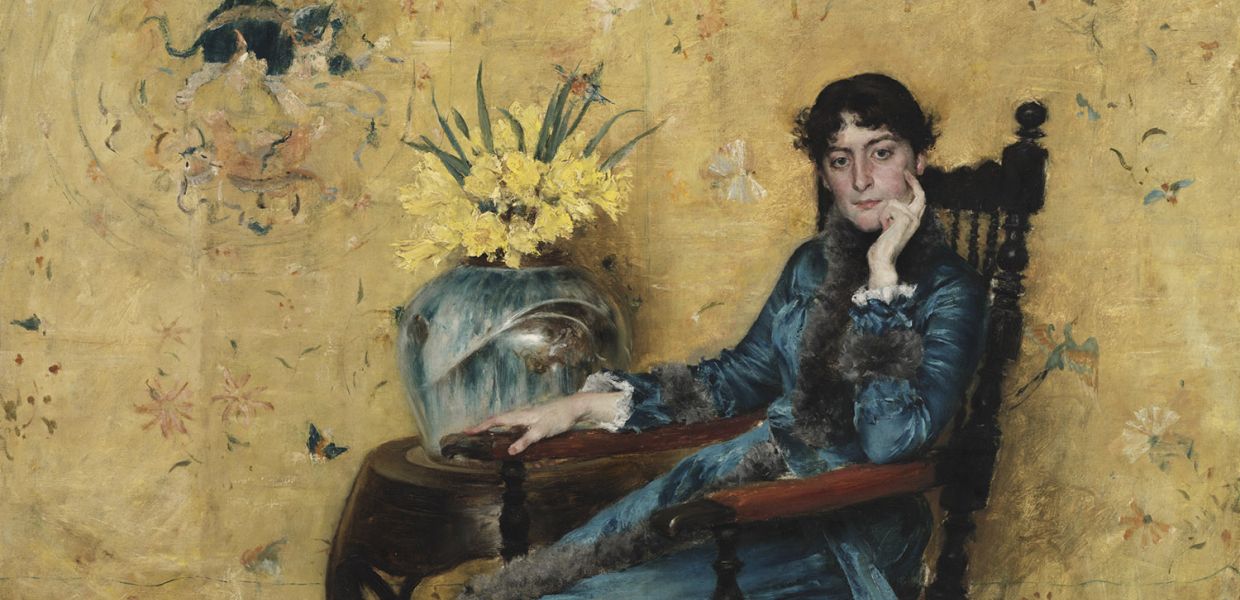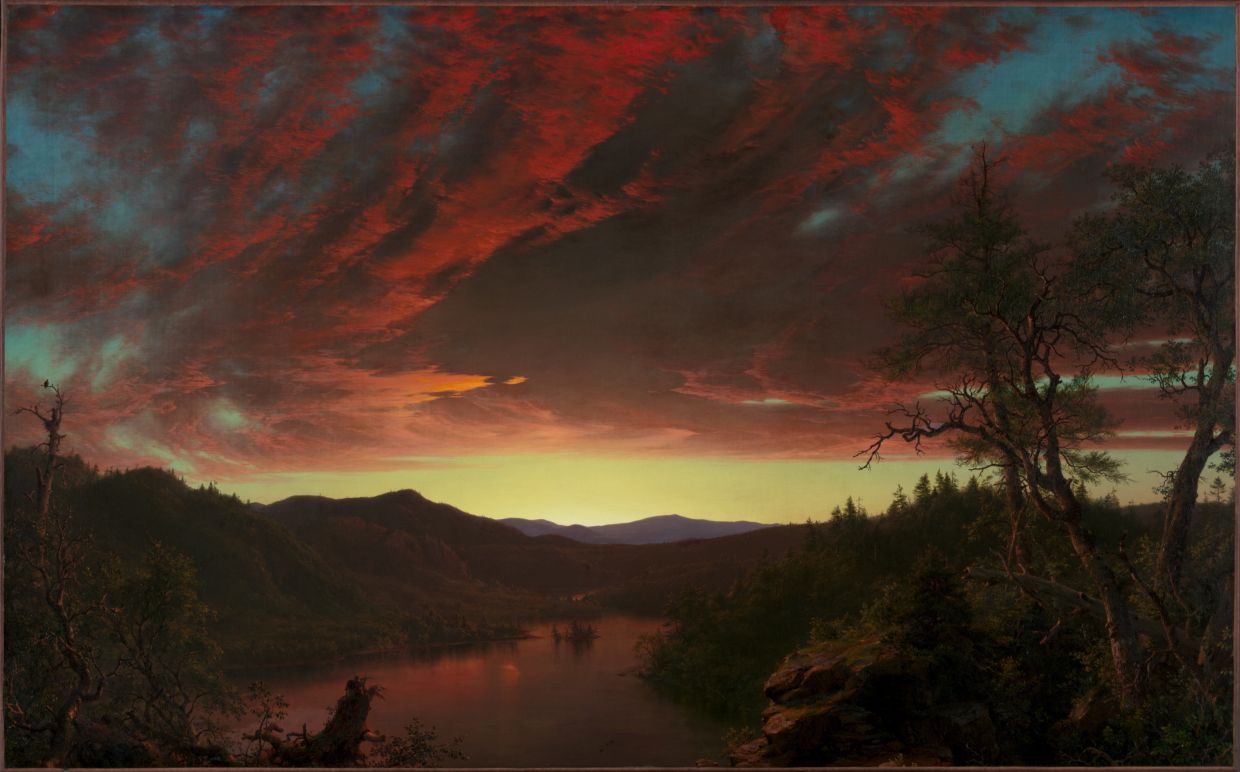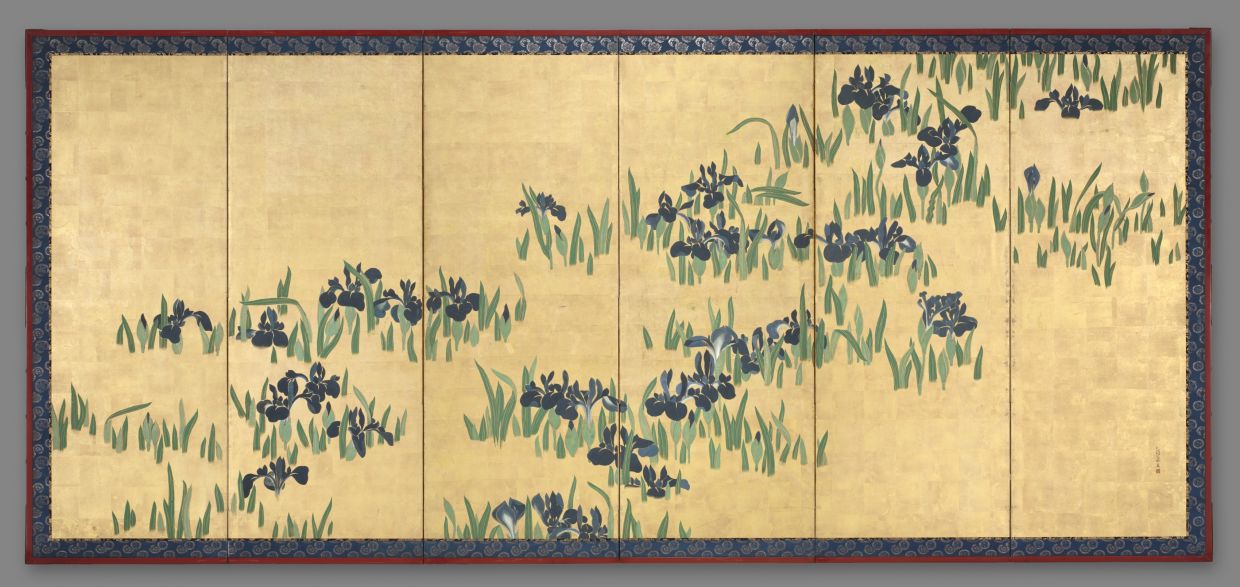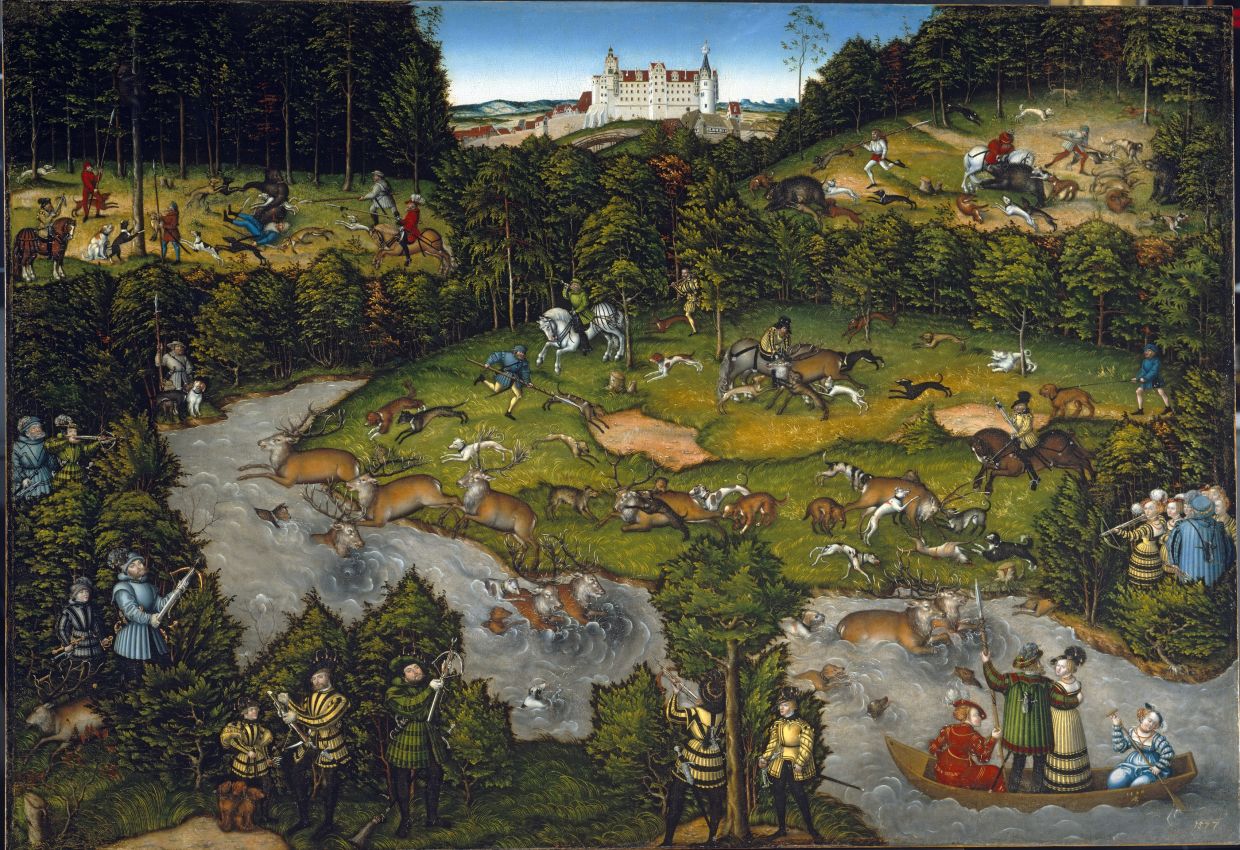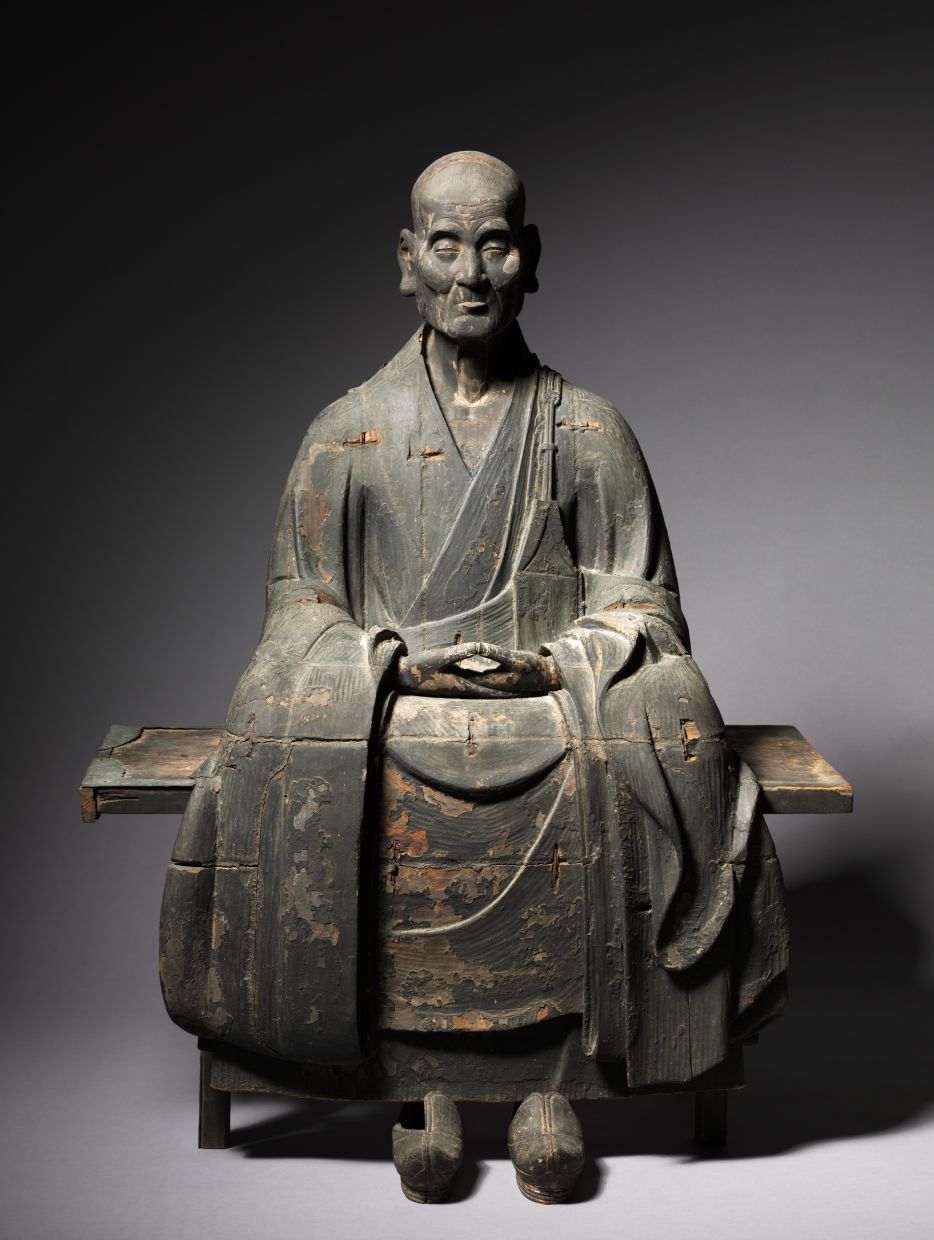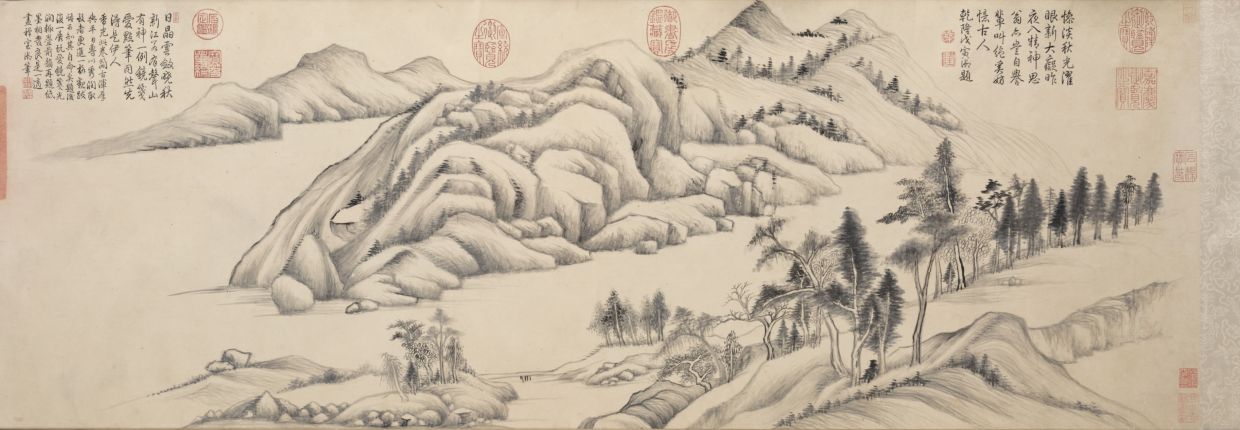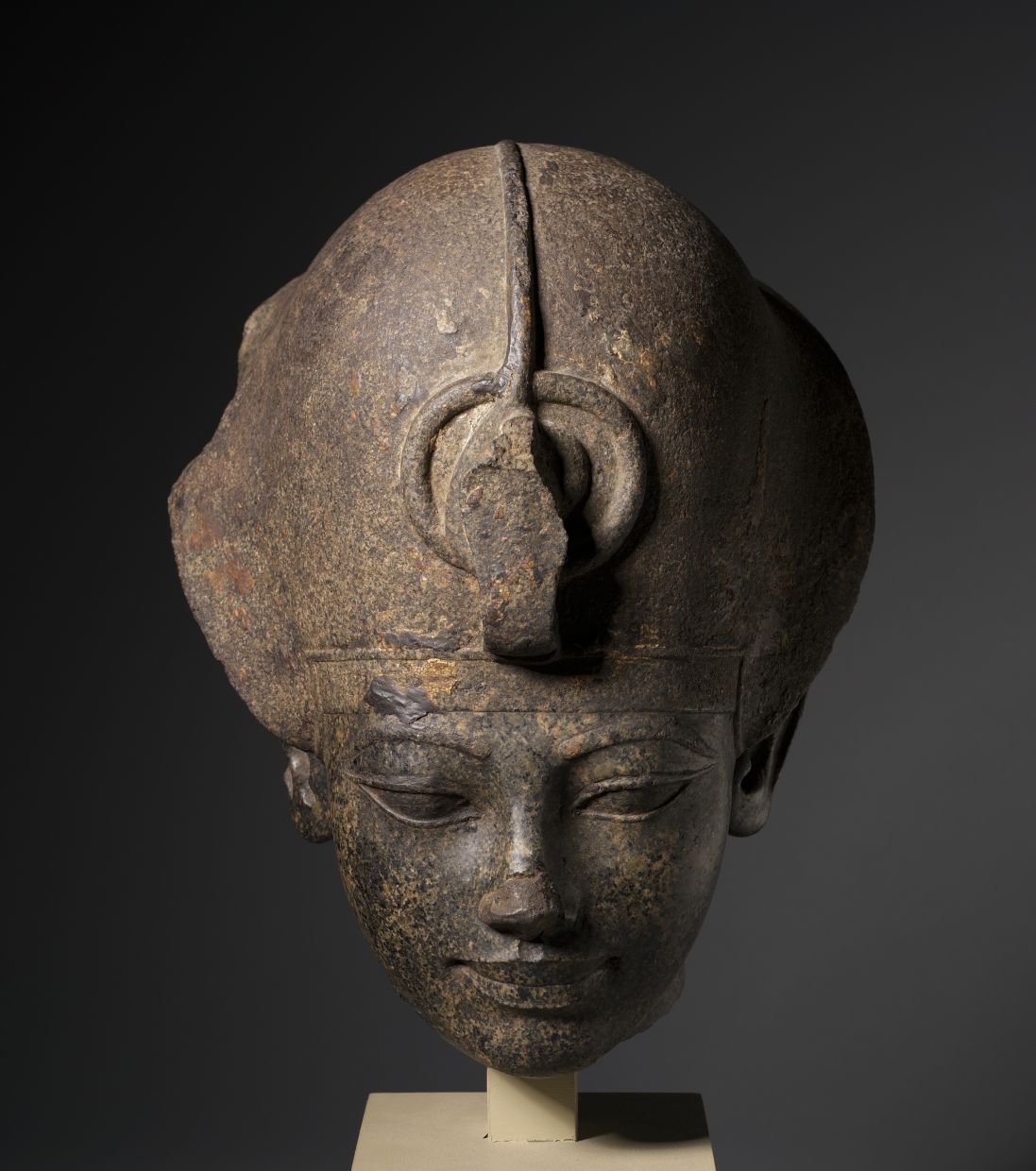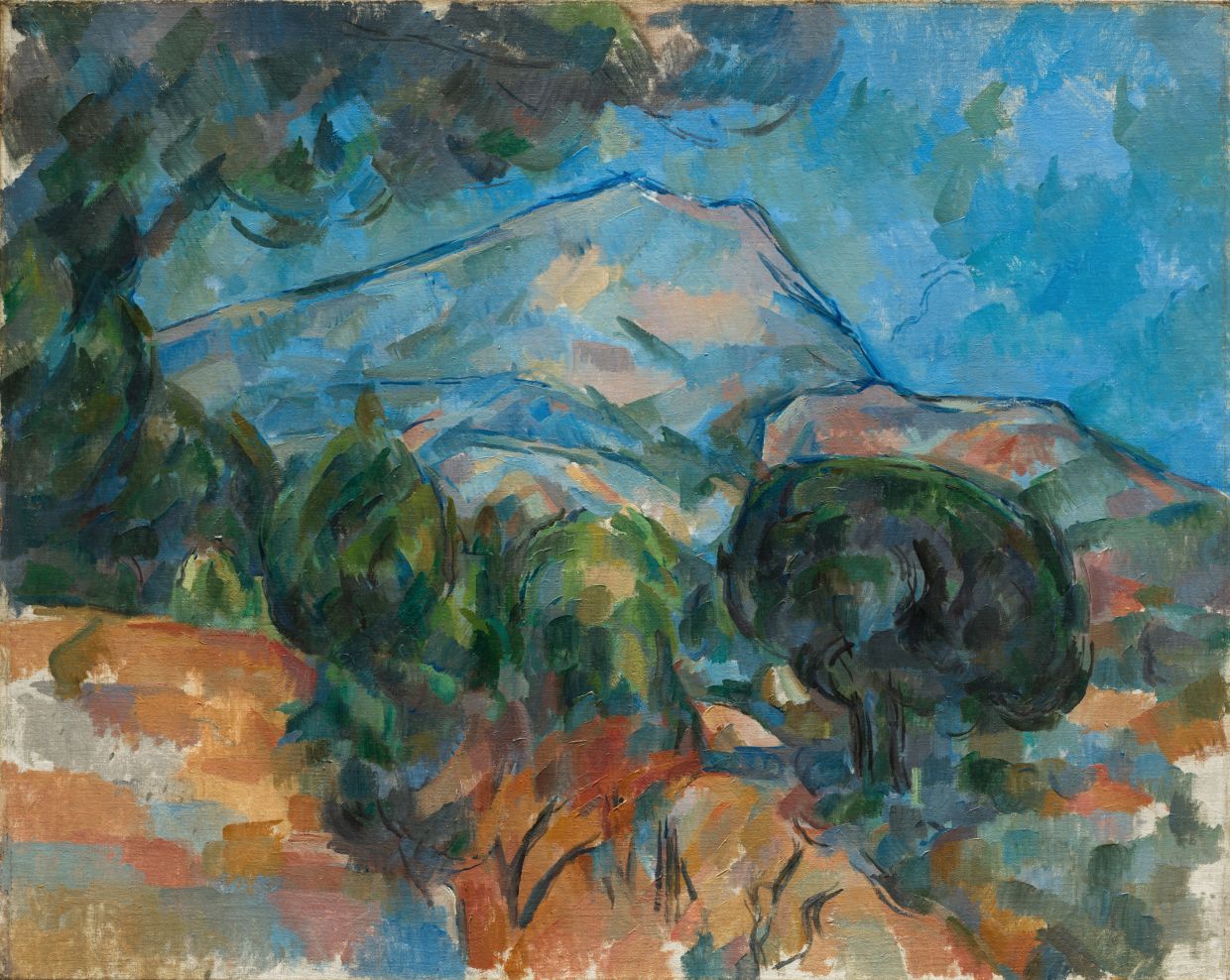Who was involved?
Our entire staff had to support this initiative for it to be a success, especially the leadership team, and a collaborative cross-team enabled the overall success of this project. The team includes representatives from the Digital Innovation and Technology Services and the Collections Management Department, with support provided by the chief curator as well as the CMA’s director, William Griswold, in consultation with our legal counsel.
Beyond the museum, we were fortunate to consult with Neal Stimler, senior advisor at the Balboa Park Online Collaborative, and to have the guidance of Creative Commons to ensure best practices were implemented. The museum gratefully acknowledges the CEO of Creative Commons, Ryan Merkley, as well as Jane Park, Director of Product and Research, and Diane Peters, General Counsel, for their critical contributions to this initiative. The CMA recommends working directly with Creative Commons when designing and implementing an open-access initiative. I am personally grateful to Loic Tallon, CDO of The Metropolitan Museum of Art, for openly sharing the strategy and data that underpins their Open Access Program and for helping transform the conversation about Open Access in the museum field.
What advice would you give to museums considering a similar initiative?
Open access demands an institution make a commitment to accepting and facing dynamic change. The absolute support of a director or chief executive is a must for an organisation’s open access initiative to advance successfully from a potential internal conversation to a fully and publicly implemented project. Director William M. Griswold’s support has been certainly important to bringing Open Access to the public. A director who supports such an initiative is a leader among leaders.
Infuse your organisation’s project with expertise by bringing in external help and the support of community leaders who are experienced, knowledgeable and steadfast. The project needs to be socialised within an organisation to rally enthusiasm and build confidence, and internal colleagues need to be supported as they become more comfortable with the idea of open access. Peer allies give the initiative the greatest opportunity for success at important stages of development in the internal process.

